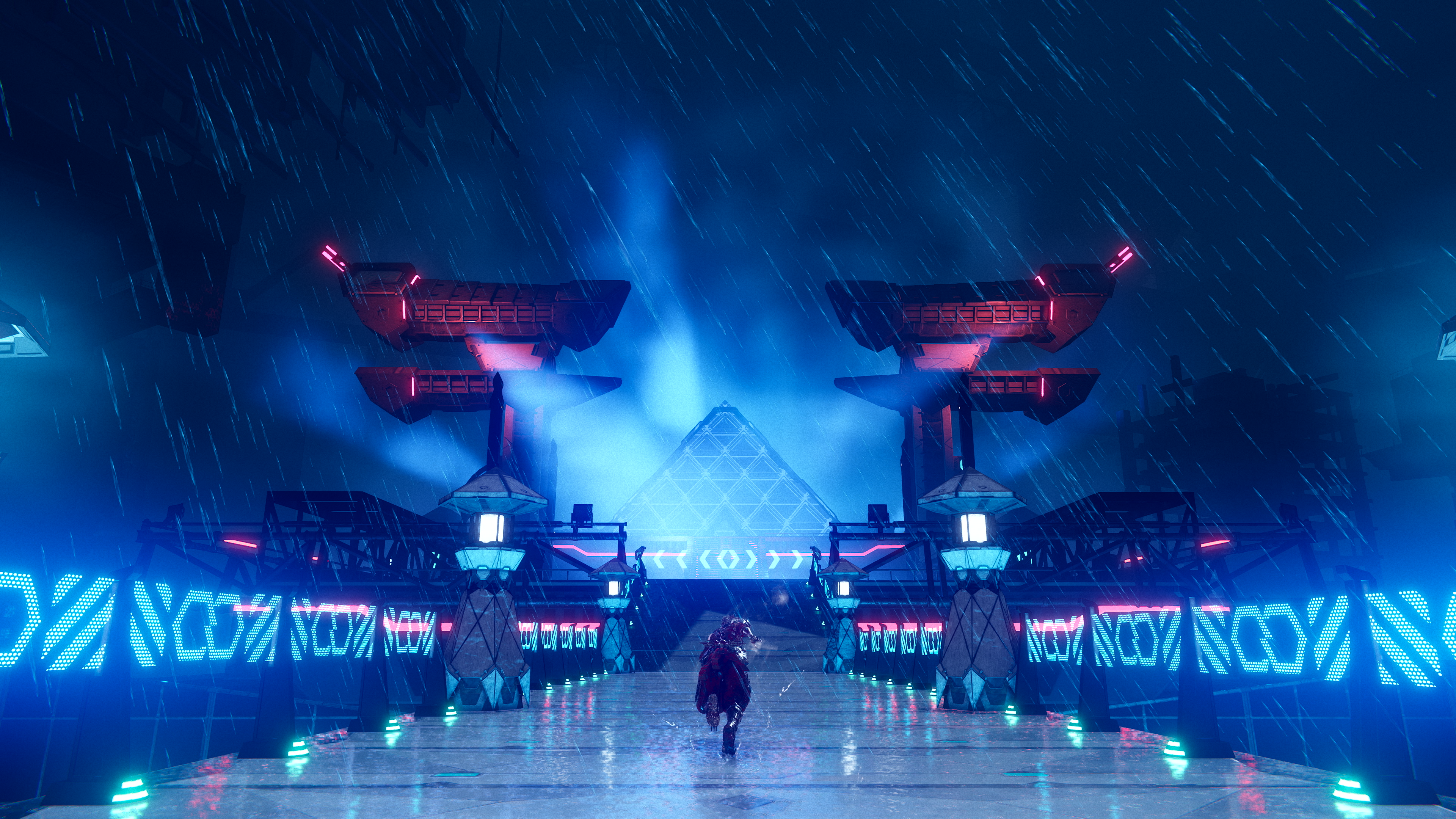2025 is proving to be a stellar year for ninja enthusiasts, with the venerable Ninja Gaiden franchise spearheading the charge with not one, but two significant releases. Following the successful 2D revival in Ragebound, the series now leaps forward thirteen years to deliver its fourth installment, Ninja Gaiden 4. This time, Team Ninja has joined forces with the masters of stylish action, Platinum Games, and the collaboration has yielded a truly excellent action game. While the narrative may stumble, the core gameplay delivers the visceral, bloody, and satisfying combat that fans have come to expect, making Ninja Gaiden 4 a compelling, albeit flawed return.

A Familiar Path, Unevenly Trodden
To truly appreciate Ninja Gaiden 4, a brief recap of its predecessors is in order. The original Ninja Gaiden trilogy established Ryu Hayabusa as a legendary dragon ninja, tasked with confronting ancient evils and shadowy organizations. Ninja Gaiden (2004) saw Ryu seeking revenge for the destruction of his clan and the theft of the titular Dragon Sword, battling demons and the fiendish Archfiend. Ninja Gaiden 2 (2008) escalated the stakes as Ryu faced the Black Spider Clan and a resurrected Vigoor Empire, unleashing even more brutal combat and a narrative steeped in clan rivalries and demonic corruption. The ill-fated Ninja Gaiden 3 (2012) attempted a narrative shift by focusing on Ryu’s deteriorating physical and mental state, as well as his curse, but was widely criticized for its simplified combat and a story that felt disjointed and less satisfying.
Ninja Gaiden 4 picks up the threads of Ryu’s ongoing saga, but making Yakumo from a rival clan the main focus. Picking up several years after the third game, you are back in Tokyo, a city filled with a cursed rain since the Dark Dragons tusk remains there, and it is your job to once again stop evil in this world. This story evolves some, but never to the point where it moves beyond a cheese action movie from the 90s.
The characters fall prey to this overarching blandness. Yakumo is the archetypal ninja, his dialogue sparse and his motivations straightforward. Supporting characters often feel like thinly sketched archetypes, serving primarily as plot devices rather than fully realized individuals. The writing itself is a significant weak point, often feeling clunky and uninspired. While the story doesn’t offer much to sink your teeth into, and the characters are decidedly forgettable, the narrative does manage to serve its purpose: it provides a consistent backdrop for our relentless assault on different enemies. Ultimately, it gets the job done by allowing the player to feel like an unstoppable, bad-ass ninja, which is, after all, the core appeal of the franchise.

The Symphony of Steel and Blood: Gameplay That Shines
Where Ninja Gaiden 4 truly excels is in its gameplay. This is a pure action game, crafted with a focus on exhilarating combat that revels in its own brutality. The core mechanics are built upon a solid foundation of light and heavy attacks, projectile weapons, a robust blocking system, and a vital dodge maneuver. However, the true magic lies in the layers of complexity that elevate the combat beyond simple button-mashing.
A key mechanic is the “blood meter,” which fills as you inflicts and endures damage. This meter can be expended to unleash devastating “blood attacks,” capable of shattering enemy shields, breaking through armor, and disrupting their fighting stances. This adds a tactical layer, forcing players to decide when best to unleash these powerful, resource-dependent moves. Furthermore, the intricate combo system allows for fluid and dynamic offensive sequences.
The skill tree is vast and rewarding, with most unlockable abilities offering tangible and significant upgrades rather than minor, incremental improvements. This ensures that player progression feels meaningful and directly impacts their combat prowess. Adding to the strategic depth is the array of unlockable weapons, each with its own distinct feel and unique set of skills to master. The game showers players with currency, ensuring that experimenting with different weapon builds and skill combinations is not only possible but encouraged.
Scattered throughout the main missions are optional side quests, ranging from defeating a specific number of enemies to locating hidden items. These feel largely perfunctory, existing primarily as a means to farm currency for skill purchases. They offer little in the way of engaging gameplay or narrative interest, serving as filler rather than genuine additions to the experience.
However, the true joy of Ninja Gaiden 4’s gameplay comes in the form of its finishers, or “obliterations” as they are dubbed. When an enemy is sufficiently weakened, particularly if they’ve lost a limb, a quick button prompt initiates a brutally satisfying finisher that dispatches them in a gruesome fashion. Lining up multiple dismembered foes and executing them in rapid succession creates a spectacular display of violence that feels perfectly in line with the character and the world of Ninja Gaiden. It’s this over-the-top brutality that makes the combat so immensely satisfying.

A Visually Bloody Canvas
Ninja Gaiden 4’s presentation is a mixed bag, but ultimately effective. The game looks good, though it doesn’t push graphical boundaries in any groundbreaking way. It’s a solid, competently designed visual experience. The soundtrack complements the action well, embracing a 90s action movie aesthetic that the game also leans into with its overall tone.
However, there is one defining feature in Ninja Gaiden 4’s presentation that is crucial to its identity and demands appreciation: its extreme bloodiness. This is a hallmark of the series, and Ninja Gaiden 4 doubles down on it. You will become perpetually coated in the crimson spray of the fallen foes, blood erupts from every hit, and in some intense encounters, the sheer volume of gore can make it challenging to discern the action on screen. While I personally reveled in this over-the-top, visceral spectacle, it’s undeniable that some players may find the sheer excess of blood to be a bit much, potentially hindering their enjoyment of the game.

Conclusion: A Fun, Flawed, and Bloody Ride
Ninja Gaiden 4 delivers exactly what one might expect from a new entry in the franchise: a good time, albeit one with its share of shortcomings. The story is a weak link, a forgettable narrative populated by generic characters and a sprinkling of poorly written dialogue. Yet, beneath this narrative veneer lies a core of exceptional combat, brimming with visual violence that feels refreshingly unrestrained in today’s gaming landscape.
This is not a game that will linger in the memory for its plot or characters, nor is it one that I anticipate replaying extensively. However, much like a highly enjoyable, brainless 90s action flick, Ninja Gaiden 4 is pure popcorn entertainment. I had a blast during its runtime, relishing every violent encounter and honing my ninja skills. For those seeking an unadulterated dose of stylish, bloody action, Ninja Gaiden 4 provides a satisfying and exhilarating experience.

Leave a Reply